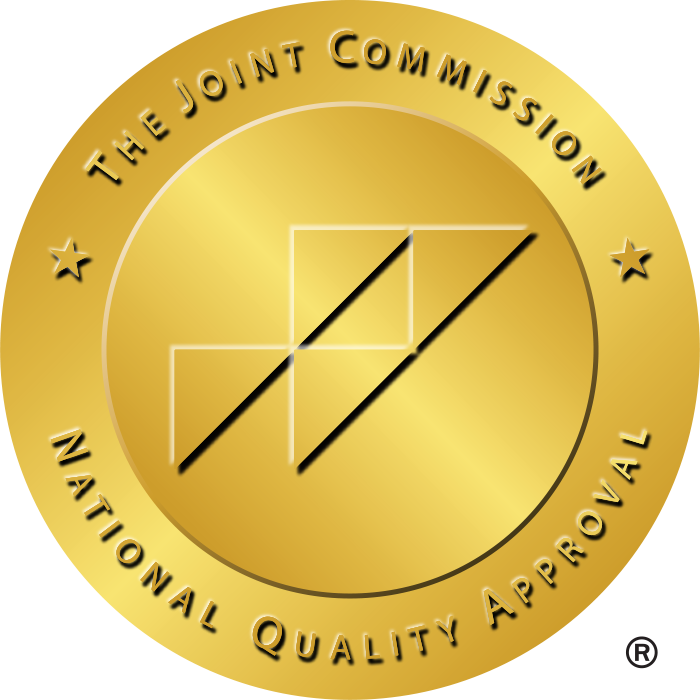10 Best Destinations for Travel Nurses
For travel nurses, choosing the right destination can make all the difference in your assignment, from your pay down to your overall enjoyment. Basically, some places have better facilities and even higher compensation, depending on the task you’re assigned.
Regardless of whether you are a seasoned travel nurse or a beginner in the field, you need to stay up to date on the top destinations other nurses prefer. This will give you a strong understanding of where you can offer the most value comfortably and wholeheartedly.
For this reason, this article will explore the 10 best destinations for travel nurses, revealing where offers the best opportunities for growth and exploration. Let’s dive in!
Top 10 Destinations For Travel Nurses
Without further ado, here are the top places you may want to keep in your radar when going for your next assignment. They include:
1. Seattle, Washington
Seattle, Washington is surrounded by amazing natural beauty, from the snow-capped peaks of Mount Rainier National Park to the waters of Puget Sound and has a unique blend of professional growth as well as personal adventure.
As a travel nurse working in some of the nation’s most renowned hospitals, you’ll also have access to a thriving coffee culture, iconic attractions and unique neighborhoods to explore.
During your vacation or days off, consider venturing to Pike Place Market, taking a ferry to the San Juan Islands, or hiking in the lush Pacific Northwest terrain.
With its unique blend of professional growth and personal adventure.
2. Austin, Texas
Traveling Nurses are flocking to Austin these days, which makes it one of the top travel nursing destinations. The city boasts a variety of excellent healthcare facilities, offering opportunities to gain valuable professional experience.
Places like Austin, Houston, and Dallas all come with a vibrant population with several healthcare facilities, which give you a lot of opportunities to advance your travel nursing career. What also makes this location excellent is the low cost of living and no state income tax, which ultimately lets you save more of your travel nursing income.
It’s also worth mentioning that you can work without needing extra licensing in Texas if you have a multistate nursing license. However, if you don’t have that document, you can apply for a tax nursing permit with the Texas Board of Nursing.
3. San Diego, California
Nurses will definitely satisfy their wanderlust in California because it offers some of the country’s most iconic attractions and comfortable weather. But the cost of living there is expensive, having 49.9% higher cost of living than the national average.
Another factor that makes California an excellent place is its population size, which naturally means more healthcare facilities. The presence of these institutions makes it much easier to find travel nursing jobs of any kind, whether opening for a medical surgeon or an operating room assistant.
4. Atlanta, Georgia
This location strikes the perfect balance between professionalism and enjoyment. Its variety of healthcare facilities and job opportunities across multiple nursing disciplines gives it the leverage to be considered one of the top cities for travel nurses.
In Atlanta, travel nurses can keep themselves busy, both with work and during their leisure time. There’s so much to see and do, considering the rich and charming southern environment with an active community.
5. Kansas City, Missouri
Kansas has been known as the City of Fountains since around the 1950s, and it became an official part of the city’s emblem in 1992. Regardless of this fun fact, Kansas has a lot to offer visitors and residents alike, including affordable living, a buzzing nightlife, and a history that’s rich with jazz and baseball.
Meanwhile, there are a lot of opportunities, and a higher level of demand especially for nurses with Cath lab, NICU, PICU and med/surg experience in Overland Park and Independence, so you can consider looking for residents within those areas.
6. Denver, Colorado
Denver, Colorado, is a splendid choice for travel nurses looking for a mix of urban excitement and outdoor adventure. Whether you’re a seasoned nurse or just starting your travel nursing career, Denver is packed with experiences that make it a standout travel nursing destination.
When you’re off duty, there’s so much to explore. If city life is more your style, then downtown Denver has everything from trendy restaurants to art galleries.
7. Florida
If you have a licence from the NLC, you can work in Florida with ease as this state is a part of the Nurse Licensure Compact (NLC). In other words, you can practice here without needing additional travel licensing permits, but if you aren’t part of the NLC, you can apply for a Florida RN license through the Florida Board of Nursing.
Nevertheless, Florida presents travel nurses with the opportunity to work any type of travel nursing job in a state with no income tax and a vibrant lifestyle. The only drawback might be the pay as it’s slightly lower than other states, but that doesn’t stop Florida from being an excellent place for travel nursing assignments.
8. New York
For nurses looking for the best pay and high demand for their services, New York might be the best place. Besides these benefits, it also offers diverse travel nursing jobs like critical care and pediatrics, all in urban hospitals with modern facilities.
Another perk that makes New York excellent for travel nurses is that it offers several conferences and educational programs that allow participants to attend and network with other experts. Although New York is not part of the Nurse Licensure Compact, getting an RN license through the New York State Education Department (NYSED) is an easy task.
9. Portland, Maine
Portland is an ideal destination for those looking to experience and an inspiring spot for travel nurses to call home for a while. Nurses on assignment in Maine have an enriching experience surrounded by historic sights and beautiful views.
Cost of living is another benefit that makes travel nursing worthwhile in Portland since essential items are affordable here. Therefore, you can save money on transportation, utilities, housing, accessories, and much more. So by working at Portland, you have the opportunity to take more of your travel nursing earnings home.
10. San Francisco, California
Ready to thrive in your healthcare career and explore job opportunities in 2025? San Francisco might just be the place for you as it’s one of the best cities with the highest pay for travel nurses throughout the country.
Travel nurses in San Francisco can expect competitive wages and benefits like signing bonuses and completion bonuses for assignments. These perks add to your earnings, making it much easier to explore the city without worrying about eating too much from your income.
Conclusion
In the end, cities like San Francisco and Seattle are best for receiving bonuses and other perks as a travel nurse. But when choosing the right city, you have to consider housing, balancing work and life, exploring the city’s vibrant culture, and more.
So, to make the right choice, you need to consider these options or research others and see which has the best benefits that meet your travel nursing needs. You can also reach out to travel nursing agencies for their take on the best cities to work in, along with their pros and cons.
Happy travels!







